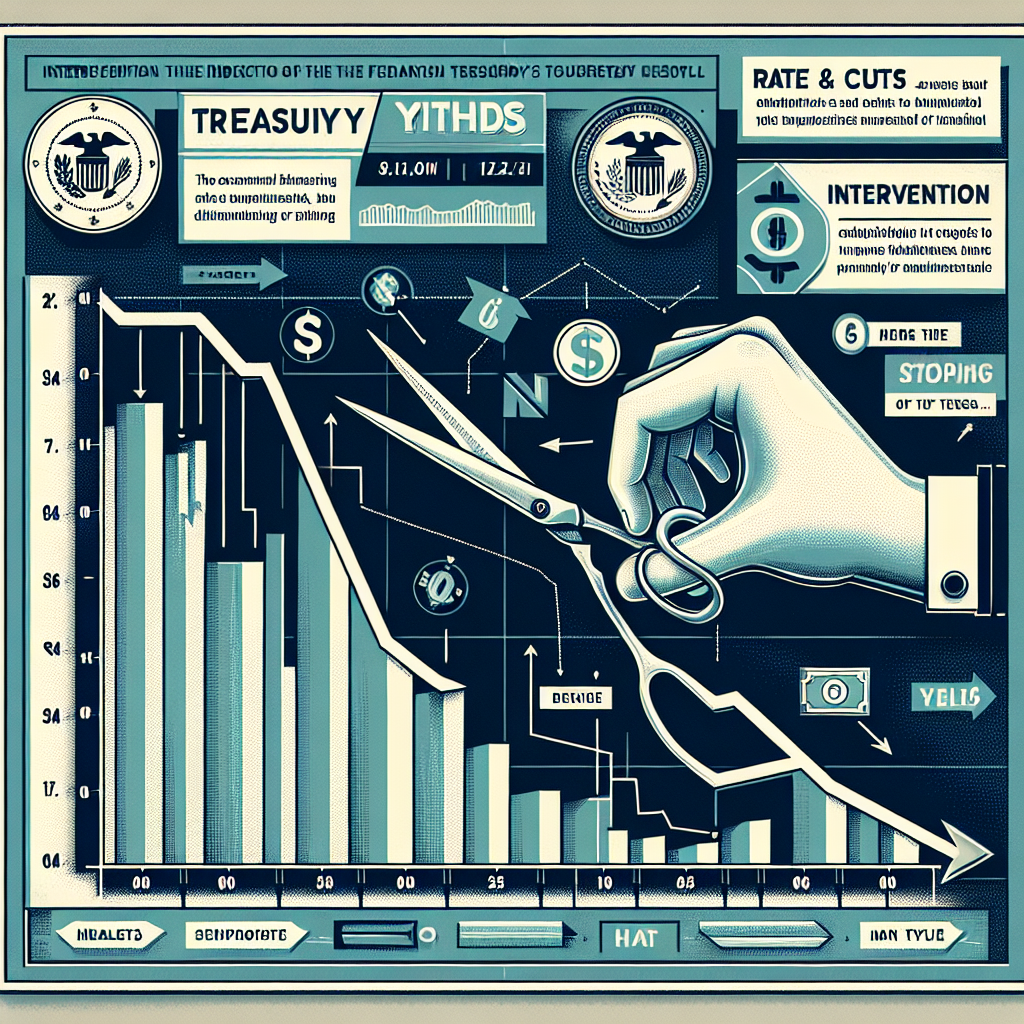Markets in Freefall: Is the Credit Market Forcing the Fed’s Hand?


Markets in Freefall: Is the Credit Market Forcing the Fed’s Hand?
Futures now price in up to five rate cuts in 2025 as investors bet on an aggressive policy pivot.
- BTC and S&P 500 futures are down over 5% Monday, with the latter pushing toward its worst three-day performance ever, with total losses nearing 15%.
- The credit market is now pricing in up to five rate cuts in 2025, signaling a dramatic shift in expectations for the Fed policy.
Financial turmoil is on the rise, leading to mounting speculations in the credit market that the Federal Reserve will need to intervene promptly. Traders are anticipating significant support from the Fed, considering its historical tendency to implement rate cuts and other supportive measures during economic crises.
Market indicators reflect a growing expectation of up to five rate cuts in 2025, with a likelihood of a 25 basis point reduction at the upcoming May 7 meeting. This would potentially bring the target range down to 4.25–4.50%, dropping even lower by year-end to around 3.00–3.25%.
The current risk-averse sentiment, combined with concerns about economic growth and projections for Fed rate reductions, has resulted in a desired outcome for the Trump administration – declining Treasury yields. The crucial 10-year yield, serving as a barometer for the U.S. economy, has decreased significantly to 3.923%.

An underlying reason for this urgency in refinancing Treasury debt within the next year is attributed to a strategic shift initiated by former Treasury Secretary Janet Yellen. Under her direction, there was a transition from issuing longer-dated bonds to short-term Treasury bills since 2023. While this move initially provided liquidity support, it has created a looming issue of expensive short-term debts requiring refinancing.

The popular narrative is that lower yields would make it easier for the Treasury to refinance trillions of dollars in debt in the coming 12 months, which is why the Trump administration may be more tolerant of the asset market swoon.
This refinancing urgency stems from a policy shift under former Treasury Secretary Janet Yellen, who moved from longer-dated coupon issuance to short-term Treasury bills. Since 2023, about two-thirds of the deficit had been financed through bill issuance — short-term debt with rates hovering around 5%. While this may have temporarily supported liquidity, it created a ticking time bomb of expensive short-term debt that now needs to be rolled over.



